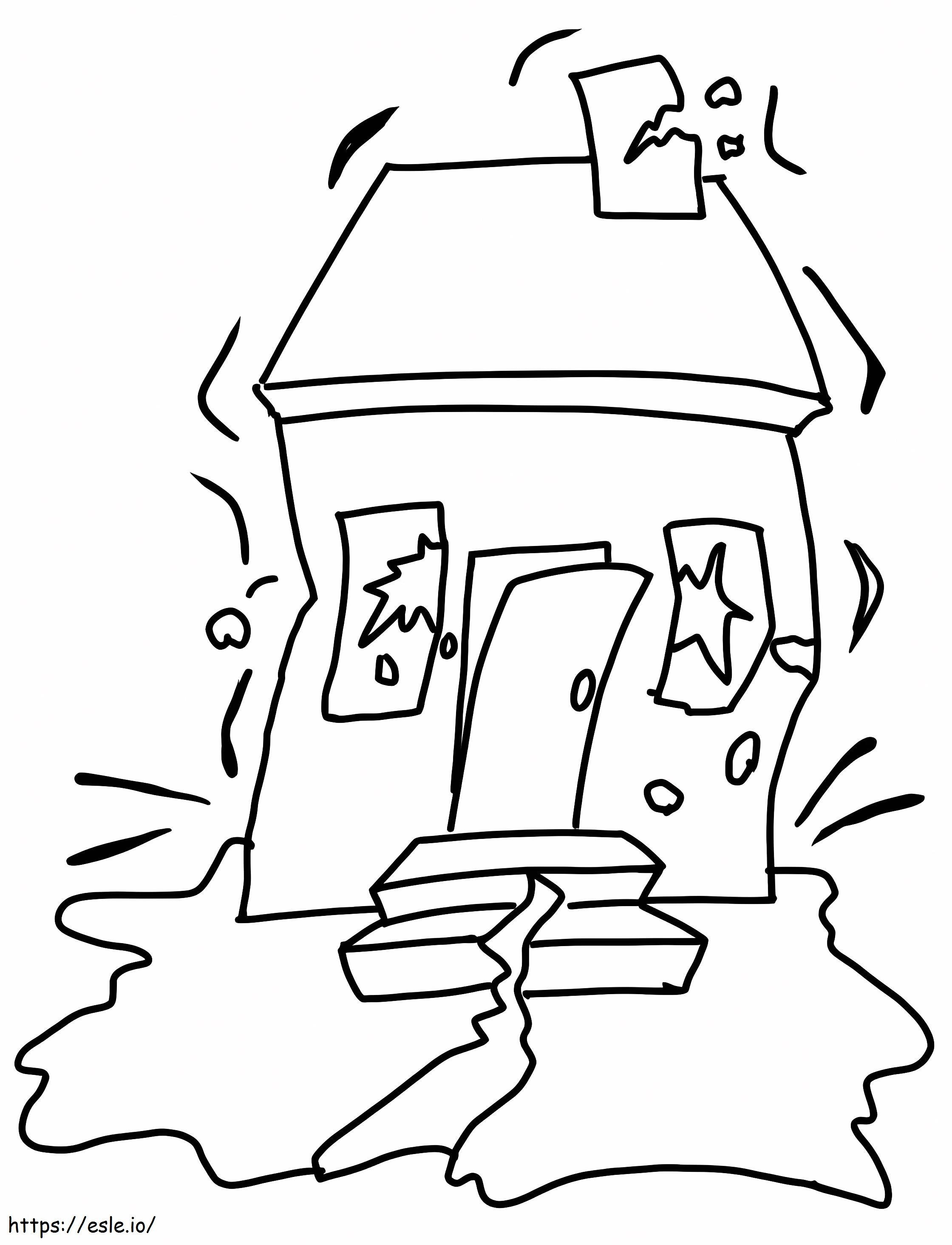Did you feel the earth move beneath your feet? Early Thursday morning, residents across the Wasatch Front experienced a jolt, a stark reminder of the powerful forces at play beneath the surface.
The pre-dawn quiet was shattered for many as a 4.2-magnitude earthquake rippled through portions of Utah. The United States Geological Survey (USGS) confirmed the event, pinpointing the epicenter near the town of Independence, located close to the border of the Uinta-Wasatch-Cache National Forest. The quake, which occurred just past midnight, sent tremors that were felt throughout the Utah and Salt Lake Valleys. From Springville and Provo to Orem and parts of Salt Lake City, the seismic event served as a rude awakening for many residents, shaking them from their slumber.
The USGS confirmed the earthquake's magnitude and location, providing crucial data to understand the event. While a 4.2 magnitude quake is not typically catastrophic, it can still cause noticeable shaking and be felt over a wide area. The initial reports of the earthquake triggered a flurry of activity, with individuals sharing their experiences on social media platforms, confirming that many felt the effects of the earth's movement.
The timing of the earthquake, occurring in the early hours of the morning, meant that many were at home, asleep, or preparing for their day. The immediate reaction, for those who felt the tremor, ranged from a moment of surprise to a general sense of unease. The geographical spread of the experience also underscored the interconnectedness of the region, with the shaking felt in multiple cities and towns, emphasizing the wide-ranging nature of the event.
The USGS's role in providing data and information is paramount in understanding the implications of the earthquake. The agency's Earthquake Hazards Program is a vital resource for the public, offering tools and services to monitor seismic activity. Real-time notifications, feeds, and web services provided by the USGS allow residents to stay informed and prepared for potential seismic events. The agency's work highlights the ongoing effort to analyze earthquake risk, predict future events, and educate communities on how to respond.
Beyond the immediate experience of the shaking, the earthquake serves as a catalyst to consider the broader context of seismic activity in the region. Utah, situated in a seismically active zone, has a history of earthquakes. The state's geological makeup, including the presence of fault lines, makes it vulnerable to these events. The recent quake also prompted a renewed focus on preparedness, as the USGS and local authorities emphasize the importance of being ready for potential earthquakes.
The town of Independence, near the epicenter, is a small community nestled amidst a natural landscape. Its location on the edge of the Uinta-Wasatch-Cache National Forest provides both scenic beauty and a close proximity to potential seismic activity. This unique positioning makes it a focal point for understanding earthquake events in Utah. The immediate impact on Independence was likely minimal, but the event served as a reminder of the ongoing interaction between human communities and the earth's natural processes.
The fact that this earthquake was widely felt across the Wasatch Front serves to remind people about the potential for seismic activity. This is a call for ongoing awareness and readiness. It underscores the necessity of being prepared and understanding how to react in the event of a similar event.
The earthquake is more than just a minor event; it is a reminder of our place in the natural world, a reminder that we live on a planet that is constantly changing, moving, and, at times, shaking. The event serves as a valuable prompt to review emergency plans, and to ensure the safety of individuals and the community.
The data available from the USGS, as well as information from other sources, is crucial in providing context and guidance for the public, offering resources to respond and be prepared for future events.
The recent earthquake serves as a moment for reflection and a call to action. As we consider the implications of this seismic event, we can use it as a reminder of the need to be prepared. The resources provided by the USGS and other local authorities, provide the tools and the knowledge to navigate the challenges of living in a seismically active zone.
Here's a table providing essential details about the earthquake and its context:
| Category | Details |
|---|---|
| Event Date | Early Thursday Morning (Exact date varies based on the reports referencing May's first hour but is approximately April 30th / May 1st depending on time zone) |
| Magnitude | 4.2 (Confirmed by USGS) |
| Epicenter Location | Approximately 2 miles from Independence, Utah (Near the border of Uinta-Wasatch-Cache National Forest) |
| Felt Area | Wasatch Front (including Springville, Provo, Orem, Heber, and parts of Salt Lake City) |
| Source of Information | U.S. Geological Survey (USGS) |
| Impact | Noticeable shaking, felt by many residents; no significant damage reported |
| Official Website for Reference | USGS Earthquake Hazards Program |


:no_upscale()/cdn.vox-cdn.com/uploads/chorus_asset/file/19835158/merlin_2300353.jpg)
